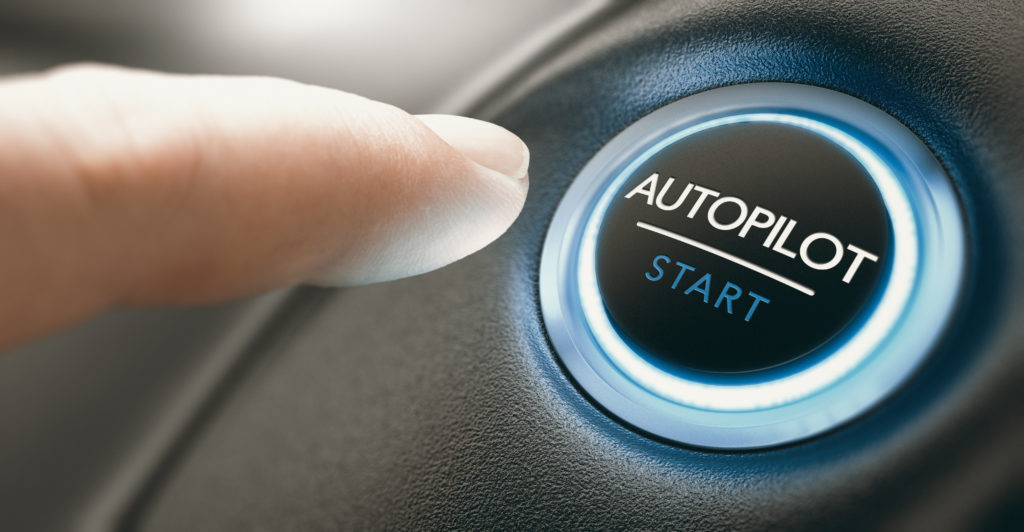As the transportation industry works to find ways to keep drivers alert while on the road, two particularly influential groups will start rating vehicles on how efficient their driver behavior-tracking systems are.
For vehicles using partially automated driver-assist systems, the ratings will become part of the overall scores for new vehicle models starting in 2022, according to the Insurance Institute for Highway Safety and Consumer Reports, both of which many car buyers seek out for vehicle safety judgments.
“The Insurance Institute for Highway Safety is developing a new ratings program that evaluates the safeguards that vehicles with partial automation employ to help drivers stay focused on the road,” said the institute in a tweet on January 19th, when the groups announced their new rating methods. This safety rating comes as more and more new vehicles are becoming equipped with automated safety systems.
These systems have had tendencies to make mistakes while drivers often fail to take swift action, leading to serious accidents. According to the groups, recent studies show drivers typically rely too heavily on their automated systems even though they are only partially automated. Additionally, vehicle advertising often overexaggerates the abilities of the systems, according to both groups.
IIHS and Consumer Reports noted that this new move was motivated by a concern over the lack of standards and ratings from the National Highway Safety Administration; NHTSA explained that it is still finding ways to analyze driver data and monitoring systems to set benchmarks in place.
Partially automated systems typically consist of lane-centerting technology, radar sensors, camera monitoring, and advanced cruise control, although the quality of these systems varies between different vehicles. Still, drivers may often ignore the alerts from their monitoring systems, especially when they’re referred to as “autopilot,” such as within Tesla models.
Tesla launched its “autopilot” driver-assist system in 2015, and a driver in a Tesla operating on the system was killed in a collision with a freeway barrier in Mountain View, California in 2018. The driver, according to the National Transportation Safety Board, was likely playing a game on his or her cellphone at the time.
“Autopilot” is easily considered self-driving, although no self-driving cars are currently available on the market, and all drivers must remain alert and aware at all times behind any wheel.
“Keeping drivers focused on the road and the vehicle is critical for the safe use of partially automated driving systems,” said IIHS president, David Harkey.
Some carmakers with partially automated systems onboard, including Ford, General Motors, and BMW, have cameras installed that monitor whether or not a driver’s eyes are on the road, while others may only look to see if a driver’s hands are present on the steering wheel. According to IIHS and Consumer Reports, the lack of federal standards means monitoring can easily be turned off or ignored.
If a driver decides not to pay attention to these monitoring systems, it could make driving even more dangerous than it would be while driving without any partially automated driving system onboard at all, noted Harkey.
“There are studies that go back probably 80 years that show humans are pretty bad about just watching automation happen,” said senior director of Consumer Reports’ Auto Test Center, Jake Fisher. “It’s just too easy to get bored and let your attention wander.”
There are currently no partially automated driving systems that meet IIHS’ standards, Harkey noted. Monitoring systems must have a variety of alerts available to remind a driver to keep his or her eyes on the road and to make sure the driver’s hands are on the steering wheel at all times, and the system must slow or stop the vehicle if a driver doesn’t respond to the alerts. All of these features must be in place for IIHS to give the vehicle a “good” rating.
“We’re hoping, and we think, that the automakers will respond, and they’ll start to add more robust features into their vehicles that have these systems,” added Harkey.

Reader Interactions